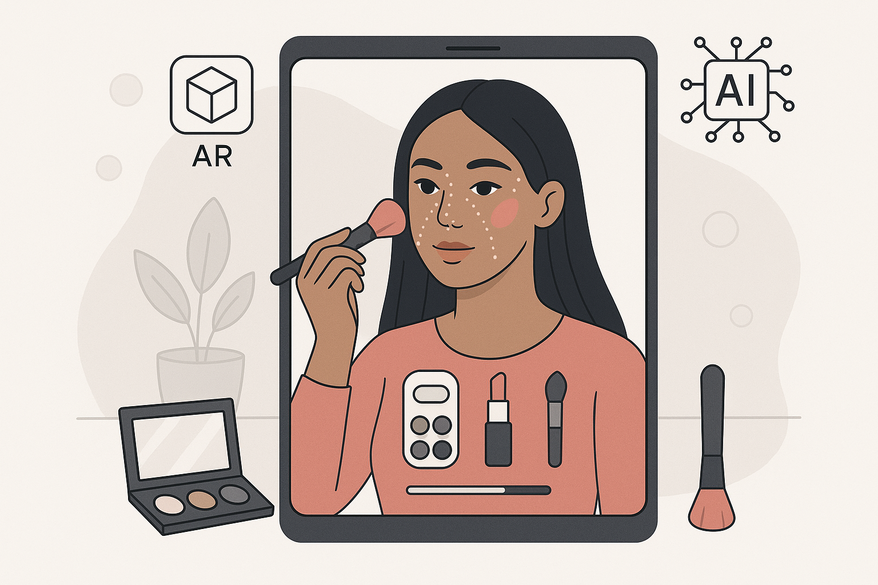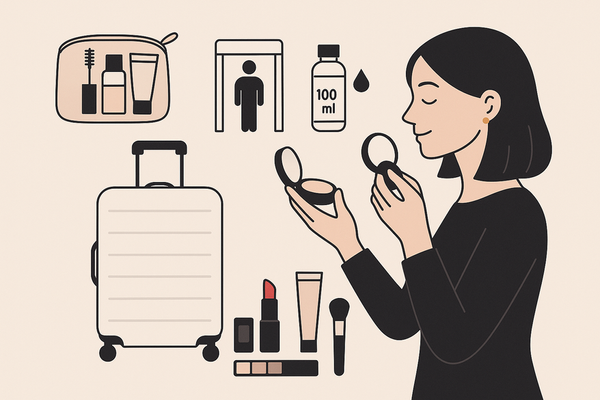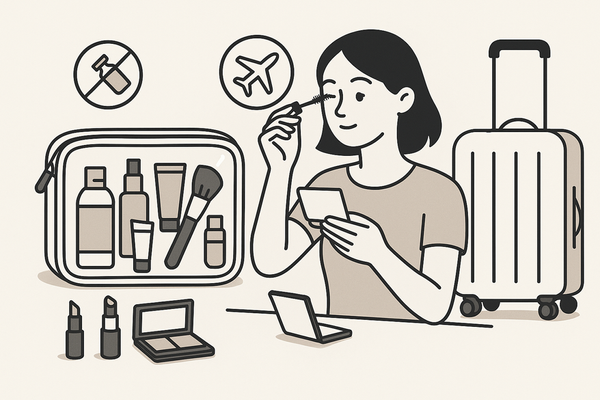Interactive Makeup Tutorial Platforms: How AI Is Revolutionizing Virtual Beauty Instruction
Experience transformation with interactive makeup tutorial platforms using AI and AR for personalized, adaptive beauty instruction. Explore advanced features today.

Estimated reading time: 8 minutes
Key Takeaways
- Interactive makeup tutorial platforms use AI and AR to transform passive video lessons into live, adaptive experiences.
- Real-time feedback and personalized product suggestions accelerate skill mastery.
- Gamification and social features boost engagement and learning retention.
- These platforms outpace traditional tutorials by offering instant guidance, extensive customization, and context-aware AR overlays.
- Emerging trends like conversational AI coaches and hyper-realistic rendering will further enhance accessibility and realism.
Table of Contents
- Section 1: Defining Interactive Makeup Tutorial Platforms
- Section 2: Role of AI in Transforming Interactive Makeup Tutorial Platforms
- Section 3: User Experience and Learning Enhancements
- Section 4: Comparison to Traditional Makeup Tutorials
- Section 5: Future Trends for Interactive Makeup Tutorial Platforms
- Conclusion
Section 1: Defining Interactive Makeup Tutorial Platforms
Interactive makeup tutorial platforms combine video instruction with AI-driven, two-way user engagement. They transform passive watching into active learning. Key features include:
- Real-time feedback
AI and computer vision analyze your live camera feed to spot uneven eyeliner, improperly blended foundation, or misplaced blush. The system highlights areas to adjust and suggests brush strokes or blending tips on-screen. - User customization
Users can swap shades of lipstick and eyeshadow with a tap, adjust intensity levels, and test products matched to their unique face shapes and skin tones. The platform’s algorithm remembers preferences and reruns looks instantly. - Engagement tools
To keep users motivated, platforms integrate live Q&A sessions with makeup artists, interactive quizzes, fun mini-games, before-and-after sliders, and social sharing features. - Augmented reality (AR)
AR engines track over 70 facial landmarks—like the corners of your eyes, lips, and jawline—to render virtual makeup in real time. See more in our interactive AR makeup lessons.
Section 2: Role of AI in Transforming Interactive Makeup Tutorial Platforms
AI powers the core interactivity in modern makeup tutorial platforms. It turns static videos into adaptive classrooms.
- Personalized product recommendations
Machine learning models analyze user selfies, skin tone, undertone, and purchase history to suggest ideal shades and formulas, reducing guesswork and returns. - Facial recognition guidance
Neural networks map your facial landmarks so virtual makeup layers stick to the right contours and move with you. - Virtual try-on tools
These virtual try-on tools render textures—glossy, matte, shimmer—in real time under different lighting scenarios. - Instant feedback and grading
Computer vision algorithms score blending smoothness, line symmetry, and product coverage, then highlight areas needing extra attention.
One example in this space is Makeup Check AI, which leverages facial landmark mapping and real-time AR overlays to guide users through each application step. The platform’s walkthrough shows how instant AI feedback can help perfect your technique.
Section 3: User Experience and Learning Enhancements
- Tailored learning paths
Adaptive tutorials gauge your skill level and adjust content and pace, offering extra drills or advancing when you master a technique. - Dynamic creativity
Infinite virtual experimentation lets you mix bold eyeshadow palettes or unusual lipstick blends without waste and save your favorite looks. - Higher engagement
Gamified elements—points, badges, leaderboards—and community forums motivate practice and peer support. - Accessibility and pace control
Users can pause, rewind, and replay segments, with captions and zoomed-in views for diverse learning styles.
Section 4: Comparison to Traditional Makeup Tutorials
Interactive AI platforms offer several advantages over conventional tutorials:
- Format: Live, adaptive, dynamic vs. pre-recorded video or text
- Feedback: Instant, AI-driven vs. none or delayed comments
- Customization: Extensive shade and technique control vs. one-size-fits-all
- Engagement: High with AR try-on and quizzes vs. low passive viewing
- Learning path: Personalized, adaptive modules vs. fixed sequence
Section 5: Future Trends for Interactive Makeup Tutorial Platforms
- Conversational AI beauty coaches
Voice-activated advisors will answer spoken questions with on-screen visuals in real time. - Predictive trend generation
AI will scan social media for rising color trends and auto-create custom looks based on your profile. - Hyper-realistic skin adaptation
Advanced models will simulate dynamic lighting, texture, and aging effects for true-to-life previews. - Seamless e-commerce integration
One-click purchases after virtual try-on with automated checkout and return tracking.
Conclusion
Interactive makeup tutorial platforms—powered by AI and AR—are revolutionizing beauty education. Real-time guidance and personalized lessons make learning faster and more engaging. Users can explore infinite looks, receive instant correction, and shop with confidence. Embrace these interactive tools today to stay ahead in digital beauty.
FAQ
What is an interactive makeup tutorial platform?
It’s a digital environment combining video guides with AI-driven features—like real-time feedback, AR try-on, and personalization—to create an adaptive learning experience.
How does AI improve virtual makeup lessons?
AI analyzes facial landmarks, skin tone, and past preferences to offer personalized product recommendations, instant grading, and overlays that move with your face.
Can I purchase products directly through these platforms?
Yes. Many platforms now integrate e-commerce APIs, allowing one-click buying after virtual try-on and streamlined checkout.




